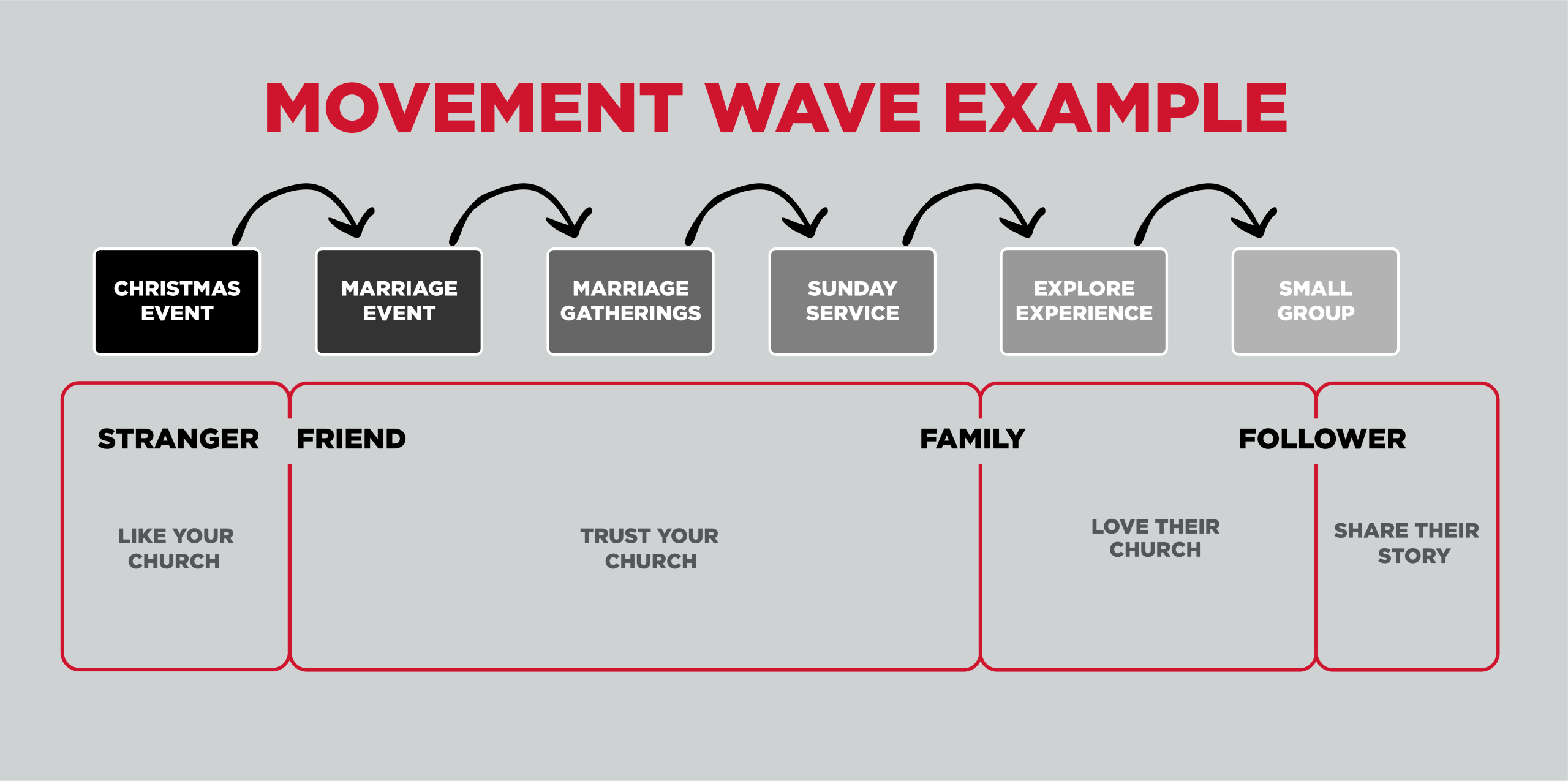YOU GOT THE POSITION... YOU'RE THE LEADER... NOW WHAT?
Menu

Today’s POST is just below, but just for a second… Meet CENTERPOINT CHURCH in Tampa, Florida. I LOVE supporting Bryant and his Centerpoint Church team. In June, we began working specifically on generating a generosity movement.
HERE’S WHAT HAPPENED:
This can happen in your church, too. Join my next Funding Funnel Masterclass Experience to learn the system and implement the movement.
Our first masterclass session is TOMORROW (Thursday, 2/2)!
Don’t miss this opportunity to fund your church and grow disciples.
We’ve arrived at post number three to break free in 2023.
So far, we’ve discussed the necessity of innovation and re-imagining your vision.
In this conversation, let’s talk about gaining and sustaining momentum.
Let’s begin with a question: When it comes to momentum, do you have “it?” Or perhaps a better question is, “What is “it?”
I love how we personify momentum by calling it an it.
I hear it all the time.
“That church just seems to have it.”
“You can just feel it when you walk into the building.”
“If we had it, we’d be growing, too.”
So what is IT? And how do you get it? And how do you keep it?
We call momentum “it” because we don’t really know what it is. If we knew what it was, we’d name it something better than it. It brings similar experiences wherever it goes. It elicits emotion. You can certainly feel it when it is present.
It is excellent and enthusiastic. It feels unmissable. It is where everyone wants to be.
People talk about it. Miss it. And can’t wait to get back to it.
So what is it?
The best and most common term we associate with it is momentum.
We all want it. We are envious of those with it. But we can only partially define it as much as we feel it. So getting it becomes exceptionally challenging, as does keeping it.
I didn’t crush English, Grammar, or Spelling in school, but I know words have a history and root associations. And as we’re about to see, this is why defining, getting, and keeping momentum is problematic.
At the core of momentum is the word “moment.” Moments can be powerful. We’ve all experienced a transformative moment. So it makes sense that momentum is created and sustained by its root word, moment. It stands to reason that if we can create enough powerful moments, we can build momentum.
But that’s not entirely true. Moments are often found where we find momentum, but…
Momentum is better understood as movement, not a moment.
Moments can help launch movement, but moments are not momentum, no matter what the root word suggests.
While this conversation is principally appropriate for any company or organization, let’s focus on church momentum.
Have you attempted to generate momentum in your church? I’ve yet to meet a church leader who hasn’t, at some point, tried to “get” momentum. But it feels like trying to capture the wind!
Of course, that doesn’t stop our efforts. We’ve employed plenty of tactics to wrangle the big mo. Primarily via, you guessed it, moments.
You attempted to increase excellence. You built a building. You made the sermon longer, shorter, funnier, and then more serious. You killed programs, launched programs, and maintained programs. You got better musicians. You tried volunteer musicians. On and on and on, you tried to create better moments, assuming better moments would create momentum.
By definition, movement is the secret to creating and sustaining momentum. As a church, building a robust discipleship pathway that reaches those farthest from God, inspires people to begin a faith journey, encourages them along the path, and equips them to grow in their faith is the secret to gaining and sustaining momentum.
Nothing great happens by accident. I seem to repeat this daily to one client or another: “Success outside of a system is accidental and unrepeatable.” This is true for momentum. If you ever experience momentum outside of a system, it’s accidental and unrepeatable. You had it, then lost it, and you have no idea how to recapture it.
To experience momentum this year, you must implement a model designed to create movement between moments.
In momentum’s simplest form, your church should create and link Instagram stories, your website homepage, a parenting event, parenting classes, the online service stream, in-person services, community groups, deeper discipleship groups, and serving.
Actually, that doesn’t sound too simple.
Think of it as a momentum wave.

Don’t worry about the “Stranger,” “Friend,” “Family,” and “Follower” categories or the associated emotions. If you’re interested, I created a MASTERCLASS and COURSE to help you build a church movement model. You can also read this post: How You Can Help Your Community Trust Your Church Again
From the graphic, I want you to see how moments can link together to create movement that generates momentum.
This is the secret to the elusive momentum. Turns out, it’s not elusive after all. You simply need to create waves throughout the year that help move people forward along a faith journey. Boom! Instant momentum.
I don’t mean to toss around “instant” as if it’s easy. It’s simple but not simplistic. To create this type of movement, you must arrange and execute a system of well-designed moments intentionally linked together. Again, easy to understand, but it takes some dedication and determination to quit doing church the way you’ve always done it.
If your church or organization lacks momentum, it could be your model is full of moments disconnected from movement.
My suggestion is straightforward: If you want to break free in 2023, ensure your model is built to generate movement, and in doing so, you can expect to experience the big mo!
